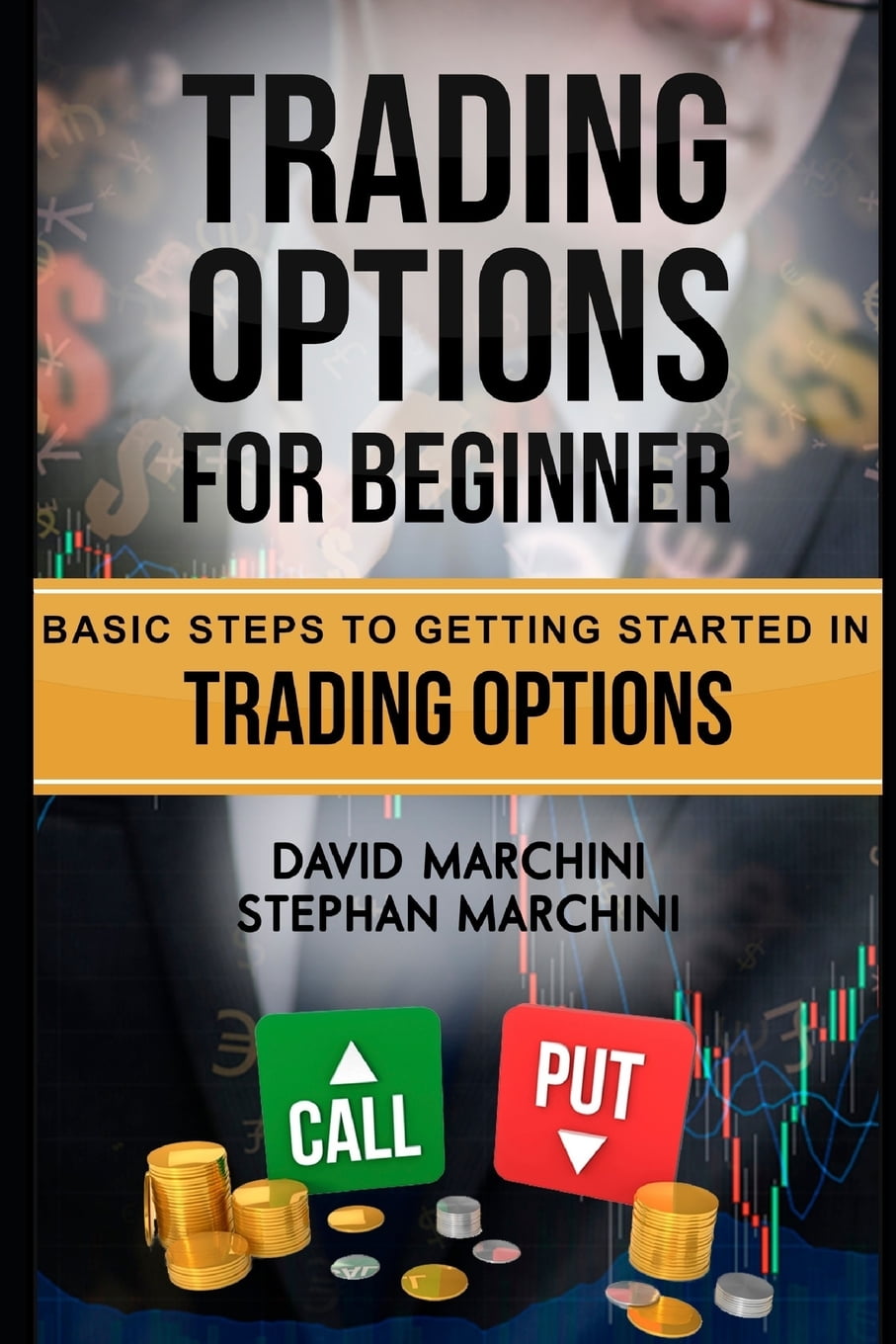Introduction:

Image: seekingalpha.com
Have you ever wondered how to make the most of your investment portfolio? If so, option trading might be the answer you’ve been searching for. Options are powerful financial instruments that can enhance your returns and provide downside protection. This definitive tutorial will guide you through the complexities of option trading, empowering you to navigate this exciting market with confidence.
What are Options, and Why are They Important?
Options are financial contracts that provide the right, but not the obligation, to buy or sell an underlying asset at a specified price within a specific period. Their flexibility makes them invaluable tools for investors seeking to manage risk, enhance returns, and speculate on market movements. Understanding options can open up a world of possibilities in your investment journey.
Understanding the Basics of Options:
1. Call Options: These contracts give you the right to buy an underlying asset at a predetermined price (strike price) on or before a certain date (expiration date).
2. Put Options: Put options, on the other hand, bestow the right to sell an underlying asset at the strike price before the expiration date.
3. Exercise and Expiration: You can exercise your option to buy or sell the asset at any point before expiration. However, the option becomes worthless if you don’t exercise it by the expiration date.
4. Premiums: The cost of an option is known as the premium, which you pay upfront to acquire the right granted by the contract.
Options Strategies for Every Investor:
Options trading empowers you to adapt to different market scenarios and investment goals. Let’s explore some popular and effective options strategies:
1. Covered Call: For investors with existing shares of a stock, a covered call involves selling a call option against those shares to generate premium income.
2. Naked Call: This strategy is for the more experienced trader. Selling a naked call without owning the underlying shares carries unlimited risk but offers the potential for higher profits.
3. Bull Call Spread: Combining a long-term call option with a shorter-term call option with a higher strike price creates a bull call spread, which benefits from a rising market.
4. Put Option Collar: This strategy combines a long put option with a short call option, providing a limited buffer against market declines while still allowing for potential upside.
5. Put Spread: Like a bull call spread, a put spread involves buying a higher-priced put option and simultaneously selling a lower-priced put option, aiming to profit from falling prices.
Advanced Options Strategies:
As you gain experience, consider diversifying into more sophisticated options strategies:
1. Straddle: This strategy involves purchasing both a call option and a put option with the same strike price and expiration date. It benefits from substantial market swings in either direction.
2. Strangle: Similar to a straddle, a strangle involves purchasing a call option with a higher strike price and a put option with a lower strike price but the same expiration date.
3. Iron Condor: A more advanced spread strategy, the iron condor combines short call and put options with long call and put options at higher and lower strike prices to profit from low volatility and small market movements.
Remember:
Options trading carries risks. Thoroughly research, consult with financial professionals if necessary, and always trade responsibly. By mastering the intricacies of options, you can unlock new investment possibilities and make informed decisions in the financial markets.

Image: www.usedhomeremodeling.com
Option Trading Tuto

Image: www.fity.club






